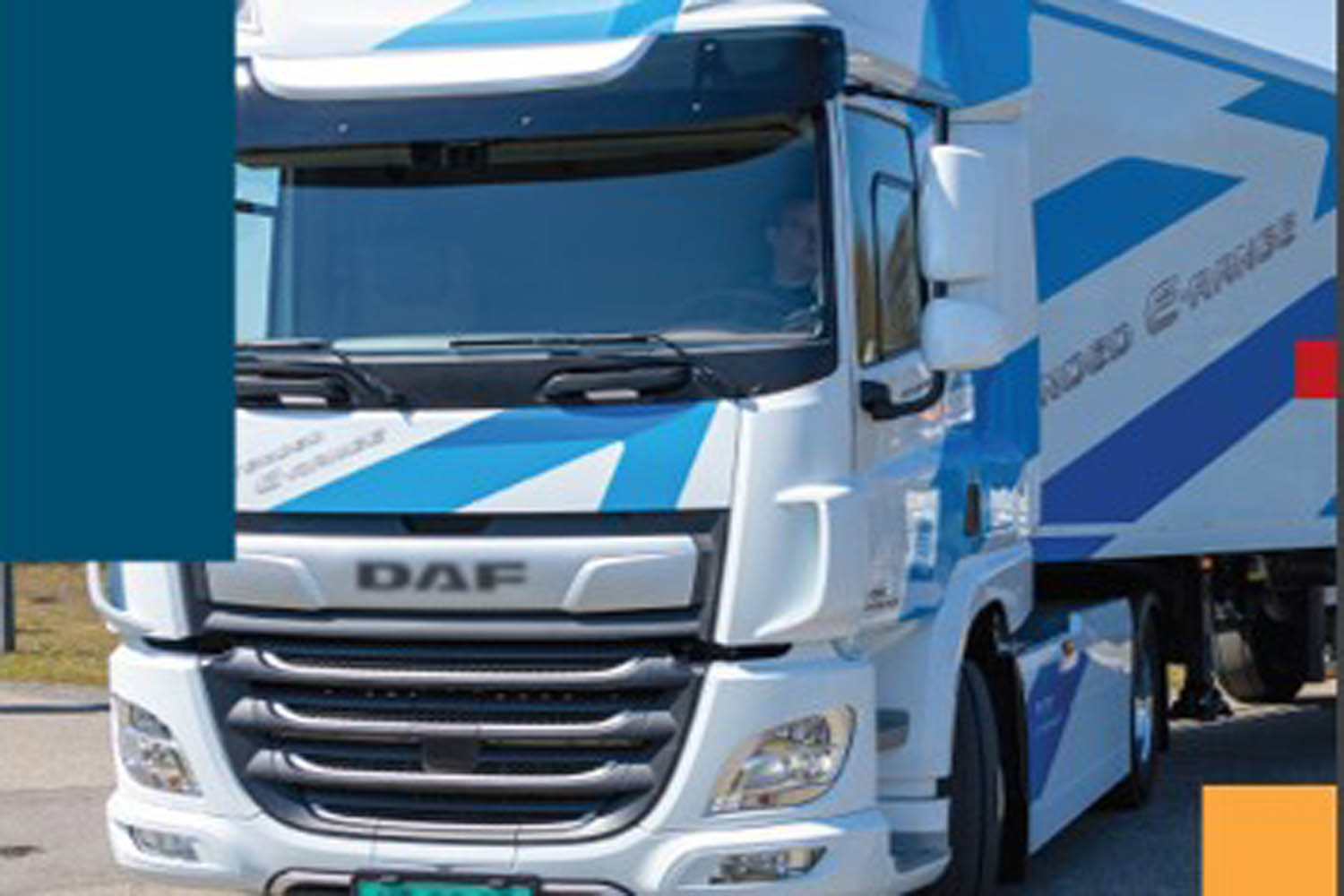Project: Safety Risks of Alternative Powered Vehicles on Chemical Clusters - Phase 3: Field Testing
Description
Many (petro)chemical companies are located on industrial estates and chemical clusters. A lot of transport (of hazardous substances) takes place on these sites. The transport sector is becoming greener, which means that alternative fuels are increasingly being used.
Site operators, but also individual companies and their safety advisors, want a better understanding of (any) new safety risks of trucks powered by 'sustainable' fuels. These include LNG, CNG, hydrogen and battery-electric. However, current Brzo legislation and regulations say nothing about the (permitted) type of propulsion of trucks on such industrial sites.
The Netherlands Institute for Public Safety (NIPV) is conducting research on behalf of SDN into the specific safety risks associated with the presence of alternatively powered trucks at petrochemical industrial sites.
There are 3 phases in this study. Phases 1 and 2 have been completed, see:
NIPV Report - Safety risks AAVs on chemical clusters - exploration (phase 1)
In phase 3, incident scenarios and possible control measures are tested in practice.

Code: RCA 2022-28-3
Status: Concept Development
Update: June 7, 2023
Purpose
The purpose of the field test is to gain experience with the developed methodology to identify the safety risks of "alternatively" powered vehicles and determine (and implement) proportional control measures. This involves road transport of goods (tanks and general cargo) over company premises.
Expected result
Participants in Phase 3 develop their own knowledge, and receive support, in identifying safety hazards of alternatively powered vehicles at their premises and determining proportional control measures. This is done using the generic incident scenarios and the possible control measures that follow from the NIPV research results of phase 2.
The field test includes:
Mapping activities (loading, storage, transportation) on the premises that may involve AAVs.
identifying specific AAV incident scenarios for the company site, and determining the extent to which they differ from "current or existing" scenarios in terms of cause, effect and probability.
determining proportionate measures to manage these AAV risks.
recording pragmatically in (for example) the VBS.
| Date Initiation | June 7, 2023 |
|---|---|
| Risk theme | Risk | Control | Assurance / Safety Risks Energy Transition |
| User group | ----- |
Why participate?
Participation in Phase 3 of the "Safety of Alternative Powered Vehicles on Chemical Clusters" project provides a low-threshold way to identify new (process) safety risks and proactively implement appropriate control measures.
Expected contribution per company:
- a focal point, participating in one (digital) training session and three (digital) meetings of the AAV expertise network, with a total in-kind contribution of 24 hours
- At least 16 hours of in-kind employee contribution for determining AAV security risks and appropriate control measures at the company site
- sharing experiences gained from the methodology with other participants
- open to review (if any) by inspectors from the Safety Region
Time period: quarter 3, 2023 - quarter 4, 2023
The number of possible participants in Phase 3 is limited to a maximum of 10.
Project Progress
Information on project progress is only available to participants - you need to request access and log in at the SDN programme office.

